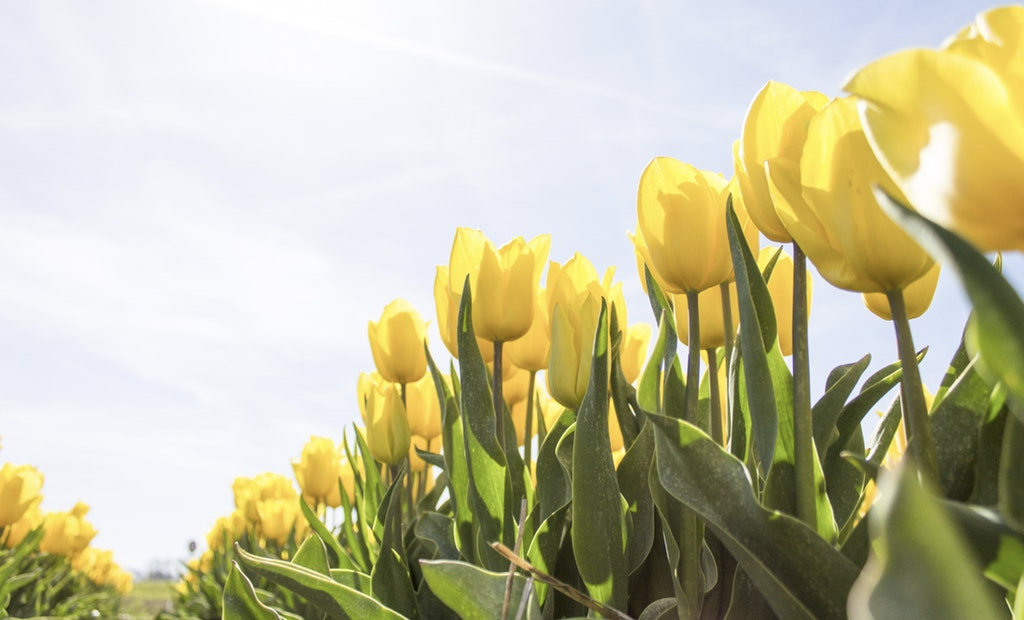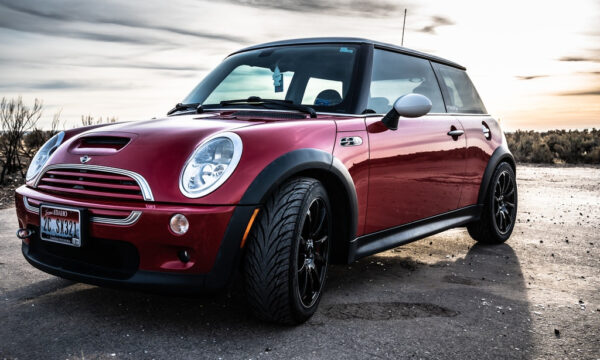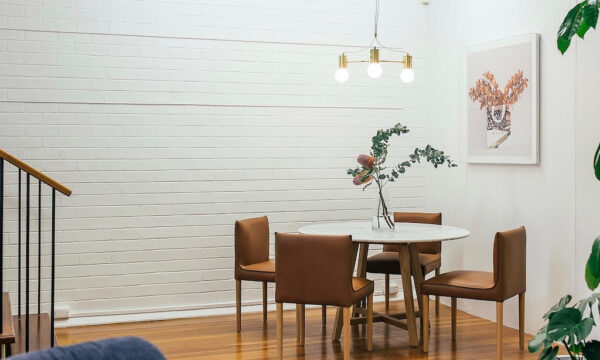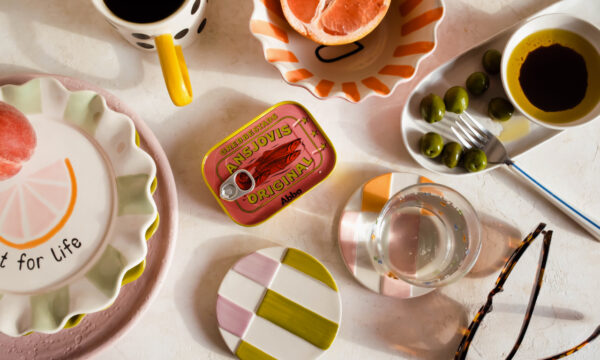How to plant bulbs in containers

The humble bulb can be planted in the garden or on a balcony in pots or window boxes. These plants need very little attention most of the year, and once they have finished their growing cycle all you have to do is let the leaves die back and put the bulbs in a shed or cupboard until the following year.
Choosing the right containers
The BBC gardening website will give you some great ideas for planting in containers. Once you have decided what type of plants you want to grow, you must make sure you pick the appropriate containers to go with them. Any type of container can be used for planting bulbs as long as it has drainage holes and can accommodate a few inches of soil, but you must make sure you have at least a one-inch gap between the bulb tip and the rim of the pot.
Using the right compost and planting
If you are planting in pots it’s always advisable to use a mix of three parts multi-purpose compost with one part grit to help with the drainage. The Royal Horticultural Society (RHS) website gives you a step-by-step guide on how to plant your bulbs and when they will flower. When planting the bulbs there is a standard rule you can use, which is to place them at three times their depth and one bulb-width apart – this will give them space for their roots to grow and will give you an even layer of blooms.
Watering and feeding
Once you have planted your bulbs they will need watering once, but never let them dry out completely, even when they are not active in the winter months. As soon as the shoots start to appear you can begin feeding them every seven to ten days with a high-potassium fertiliser or liquid tomato feed, which is just as good. Once their season comes to an end and the leaves start to die down you can then stop feeding and watering.
Layering the bulbs
If you have a large enough container or a window box, then one way of ensuring you get a full blast of colour all in one go is to layer the bulbs, placing the larger ones at the bottom and smaller ones nearer the surface. You must make sure that the varieties you have chosen all flower at the same time. The result will be stunning, and if any of the bulbs don’t grow they will not be missed.
Caring for post-bloom bulbs
If you want to use the plants again the following year then taking care of them once they have flowered is important. When the blossoms die off, continue watering until the leaves have turned brown and dry, then empty the contents out onto a compost heap, pick out the bulbs and remove any dry soil and dead leaves. You can then store them in a dry place until you are ready to plant again the following year.
Amanda Walters























Facebook
Twitter
Instagram
YouTube
RSS